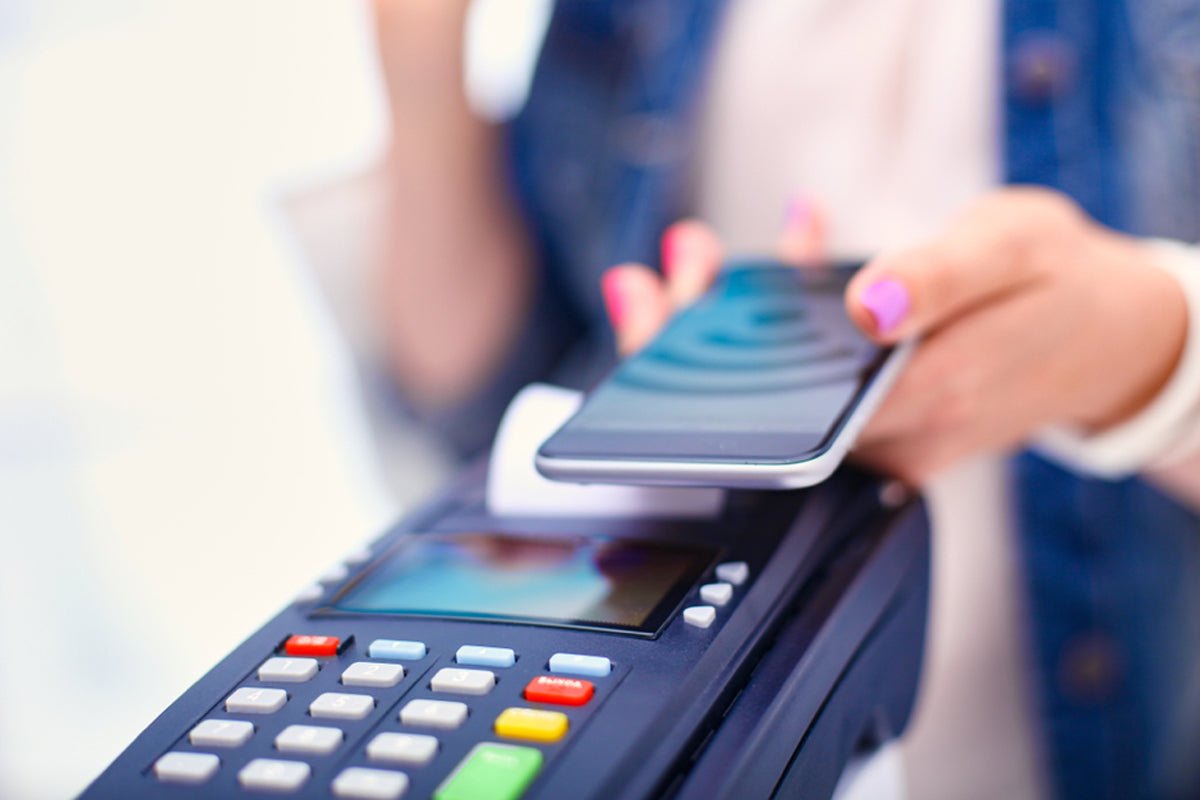Introduction:
In our rapidly advancing digital era, convenience and speed are at the forefront of technological innovation. Near Field Communication (NFC) payment is one such technology that has revolutionized the way we make transactions. This article aims to unravel the mysteries surrounding NFC payments, providing insights into what it is and how to use this seamless method for a more efficient and secure financial experience.
What is NFC Payment?
NFC, or Near Field Communication, is a wireless communication technology that allows devices to exchange information when placed in close proximity to each other, typically within a few centimeters. When applied to payments, NFC enables secure and contactless transactions between a mobile device and a point-of-sale terminal.
NFC payments rely on radio frequency identification (RFID) technology, allowing for swift and secure data transfer. This technology has gained immense popularity due to its convenience, speed, and enhanced security features.
How Does NFC Payment Work?
-
Device Compatibility: To use NFC payments, you need a compatible device. Most modern smartphones, smartwatches, and even some credit/debit cards come equipped with NFC capabilities.
-
Setup and Configuration:
-
Mobile Devices:
- Ensure that your device's NFC feature is turned on.
- Add your credit or debit card information to your device's digital wallet or payment app.
-
Credit/Debit Cards:
- If your physical card supports NFC, you can tap it on the contactless payment terminal directly.
-
Mobile Devices:
-
Authentication:
- Depending on the device, authentication may involve using a fingerprint, facial recognition, PIN, or a combination of these methods.
-
Transaction Process:
- To make a payment, simply hold your device or card close to the NFC-enabled point-of-sale terminal.
- The devices communicate securely, and the transaction is processed in a matter of seconds.
Advantages of NFC Payments:
-
Speed and Efficiency: NFC payments are incredibly fast, reducing transaction times compared to traditional payment methods like swiping cards or handling cash.
-
Convenience: Users can make purchases with a simple tap, eliminating the need to carry physical cards or cash.
-
Enhanced Security: NFC transactions employ advanced encryption and tokenization, making them more secure than traditional payment methods. Additionally, the need for physical contact between devices reduces the risk of unauthorized transactions.
-
Integration with Digital Wallets: NFC payments seamlessly integrate with digital wallets, allowing users to manage multiple cards and accounts in one centralized location.
Conclusion:
NFC payments have emerged as a game-changer in the world of financial transactions, offering a secure, convenient, and swift alternative to traditional methods. As technology continues to evolve, it's evident that NFC payments will play a crucial role in shaping the future of digital commerce. Whether you're a tech enthusiast or a casual user, exploring and embracing NFC payments can undoubtedly enhance your overall payment experience. So, tap away and experience the future of transactions at your fingertips.









